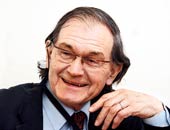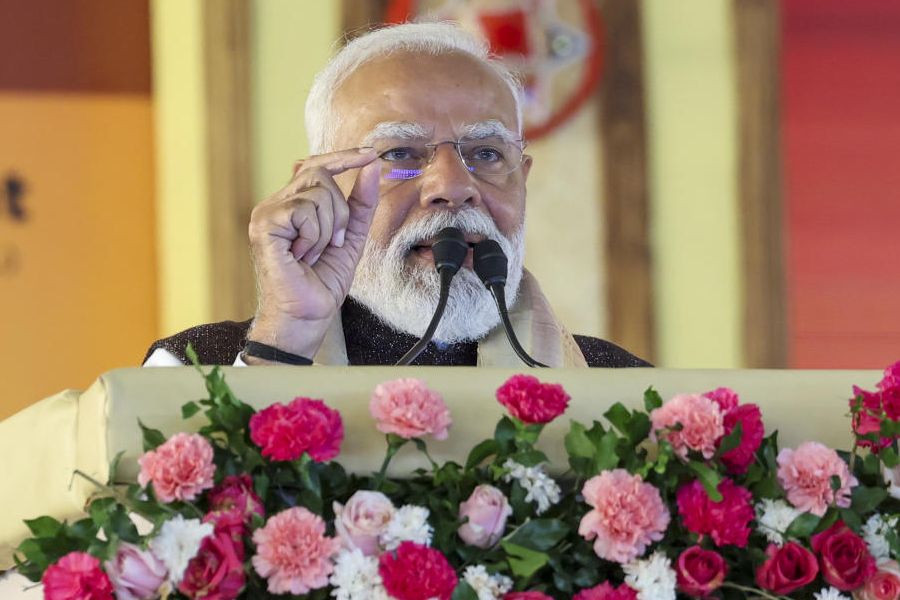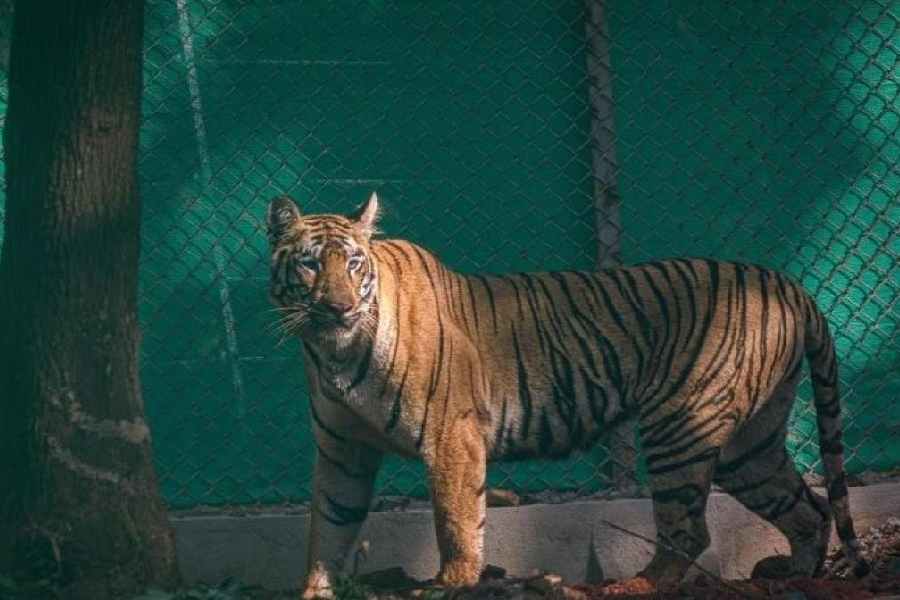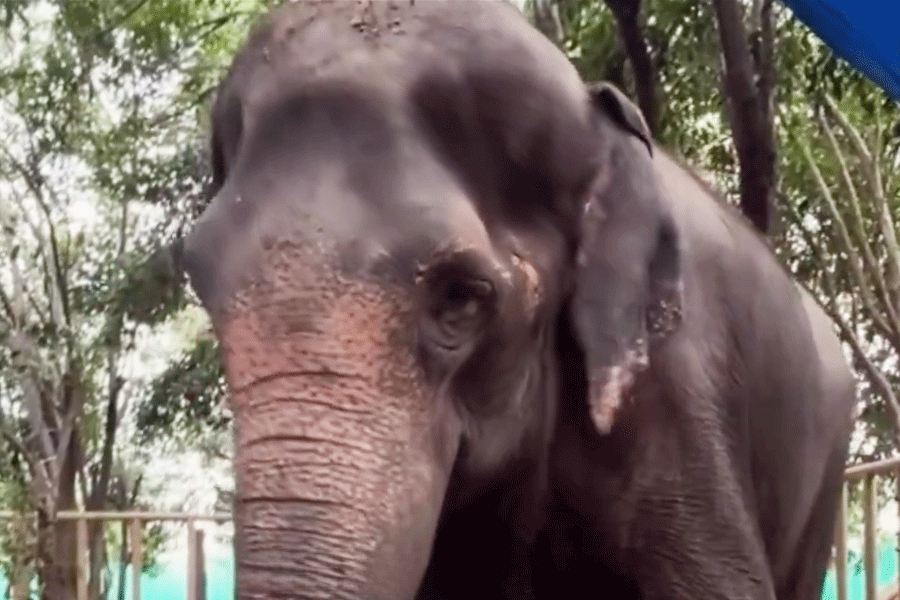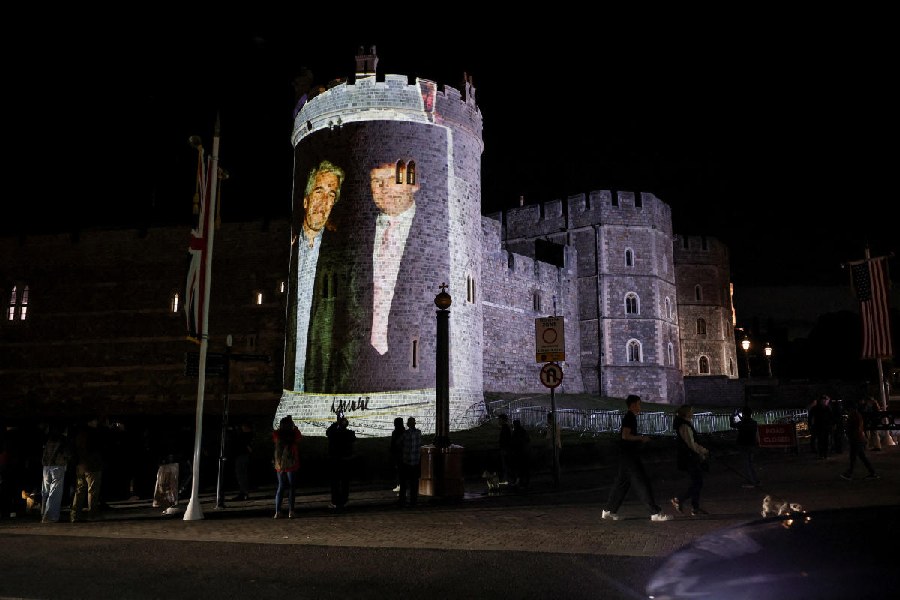 |
| Picture by Amit Datta |
Sir Roger Penrose, Emeritus Rouse Ball Professor of Mathematics at the Mathematical Institute, University of Oxford, is in Calcutta to speak at a five-day symposium to commemorate 75 Years of Quantum Entanglement, by the SN Bose National Centre for Basic Sciences.
The 79-year-old is renowned for his work in mathematical physics, in particular his contributions to general relativity and cosmology. Metro requested Sandip K. Chakrabarti, a PhD from the University of Chicago and a Tolman Fellow at Caltech, now a Senior Professor at the SN Bose National Centre for Basic Sciences, to interview Penrose. Here’s Part I of the chat:
Sandip K. Chakrabarti: How did you get interested in General Relativity and Cosmology?
Roger Penrose: I got interested in this subject back in the 1950s through discussions with the famous cosmologists such as Fred Hoyle and Dennis Sciama, who, as you know, was the superviser of Stephen Hawking.
SKC: On cosmology, what are the major differences in your thinking process and that of Stephen Hawking?
RP: Hawking is very junior compared with myself and his approach was more from the mathematical point of view. But I have been inspired by Sciama to think physics first. So I would not do mathematics unless I see it solving a physical problem.
SKC: As you know, this year is being celebrated as (Subrahmanyan) Chandrasekhar’s birth centenary. When I was in Chicago, I computed many details on gravitational wave collisions, many of which Chandrasekhar had discussed with you. For example, the possibility of formation of massive particles during gravitational wave collisions. Do you have any recollection of your interactions with him?
RP: Yes, back in 1985, we discussed a lot on the solutions of gravitational wave collisions, which you drew for him. His concern was whether massive particles could be produced from massless particles.
SKC: Chandrasekhar often told me he had great respect for you. How do you view Chandrasekhar as a person, as a mathematician and as a physicist?
RP: Chandrasekhar was a great scientist. He had most certainly contributed enormously to the subject. He had a great way with equations, though his mathematics is different from that of mine.
SKC: Could you tell us about the cyclic universe model that you are proposing?
RP: I take the view that the universe does not go through a single phase (aeon) i.e., between the big-bang and big-collapse or crunch. While the universe keeps on expanding, one has to rescale the entropy (disorderliness) so that the future does not look very much different from that of the past.
It is not a big crunch that I am thinking of. Rather I am saying that parameters in the universe rescale now and then to go from one aeon to another, that is extreme orderliness to extreme disorderliness. We need to device experiments to measure the subtle signals of earlier aeons. Maybe we would also learn whether the fundamental constants were really constants or they change from aeon to aeon.
SKC: Is this somehow similar to the re-incarnation theory or as a whole the universe has a single epoch, though cyclic in nature?
RP: In a sense, yes. But in re-incarnation one dies and is born again. Here the universe never dies and is going from one aeon to the next.
SKC: Would you not say that for aesthetic reasons the universe should have been doubly cyclic, namely, evolution should have been along a circular or closed curve, so that the question of beginning did not arise?
RP: I think that from an aesthetic point of view what you are saying would make sense, but all aesthetic things need not be correct.
SKC: Is it not true that the big-bang is a misnomer? Nothing actually started abruptly? It all depends on how you measure time?
RP: I never originally used the words big-bang or singularities. Hawking liked the word singularity and then I went along with his words to avoid confusion.
SKC: How about the second law of thermodynamics? Would each aeon have, as a whole, more entropy than the previous one?
RP: The second law of thermodynamics is never violated while going from one aeon to the next. All one has to do is to subtract a constant entropy at the end through black hole formation and the universe looks like what it was before.
SKC: Do you believe that there could always be multi-verses, i. e., other universes disconnected from ours, which are doing their things independently?
RP: It is good idea to have multiple universes. The major reason why people wanted multiple universes is because of certain crude principles of quantum mechanics. But at a higher level this principle could be violated. So multiverses are not essential. They may be essential for those who believe in the anthropic principle (the universe evolves in a way so as to produce living beings ultimately.)

